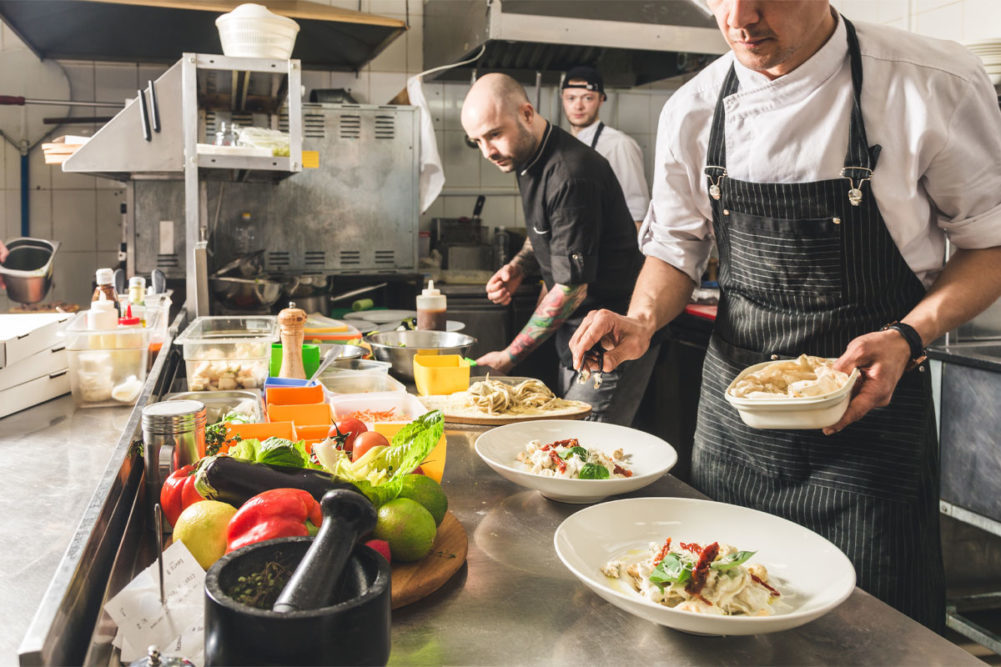KANSAS CITY — The National Restaurant Association’s (NRA) 2020 State of the Restaurant Industry Report, published in February on the eve of the COVID-19 pandemic, forecast restaurant sales in the United States for the year would reach $899 billion. It was not to be as the restaurant industry essentially shut down in March 2020 and industry-wide sales were closer to $659 billion by the end of the year.
A global pandemic and a lengthy period of inflation later, the NRA is estimating US restaurant sales will reach $1.1 trillion in 2024. Underpinning the recovery have been significant changes in the restaurant category — changes that are altering how consumers shop for food and restaurants are operated — that may present additional opportunities for food and beverage product developers.
While the NRA report’s $1.1 trillion top-line number attracted the most attention, important insights throughout the report described how efforts to improve takeout and delivery, reduce labor, accelerate menu development, and improve customer loyalty are impacting the industry.
Notably, the lasting impact of the COVID-19 pandemic remains evident, with 52% of consumers — including 67% of millennials and 63% of Gen Z adults — saying that ordering takeout from a restaurant is an essential part of their lifestyle, according to the NRA report. Off-premises also is an area of opportunity for operators with some consumers viewing takeout in new ways. For example, 67% of adults say they’d be interested in subscriptions that offer a specified number of meals each month, and 53% say they’re open to supplementing home-cooked meals with restaurant-prepared items.
Labor also remains an issue in restaurants. Forty-five percent of operators surveyed for the report by the NRA said their restaurant doesn’t have enough employees to support existing customer demand. Operators looking for the necessary support are turning to the gig economy and technology. Nearly half of operators said the use of technology and automation to help with the current labor shortage will become more common.
The embrace of automation in restaurants may be an area of opportunity. Some food and beverage companies already are offering more prepared items, but a greater adoption of automation in kitchens also may mean an increase in demand for more ingredient and product uniformity.
Smaller restaurant operators also are embracing social media to quickly ideate new menu items and differentiate. Another report, the NRA’s 2024 What’s Hot Culinary Forecast, showed that operators are turning to TikTok and other social media platforms to be inspired and embrace viral trends. Yet an inability to fully staff restaurants will hinder acting on new ideas. This perennial challenge is another area where agile product developers may find opportunities.
Despite the positive news about the outlook for restaurant sales in 2024, the operators surveyed by the NRA were not optimistic about profitability, with only 27% expecting their business to be more profitable this year when compared to 2023. Average food costs have increased more than 20% and average wages more than 30% since 2019 and will remain a drag on the category.
The resiliency of the restaurant market is undeniable. As consumer purchasing trends have changed, operators have strived to adapt. Those changes have created new opportunities for operators and will continue to create new opportunities for food and beverage suppliers as well.






